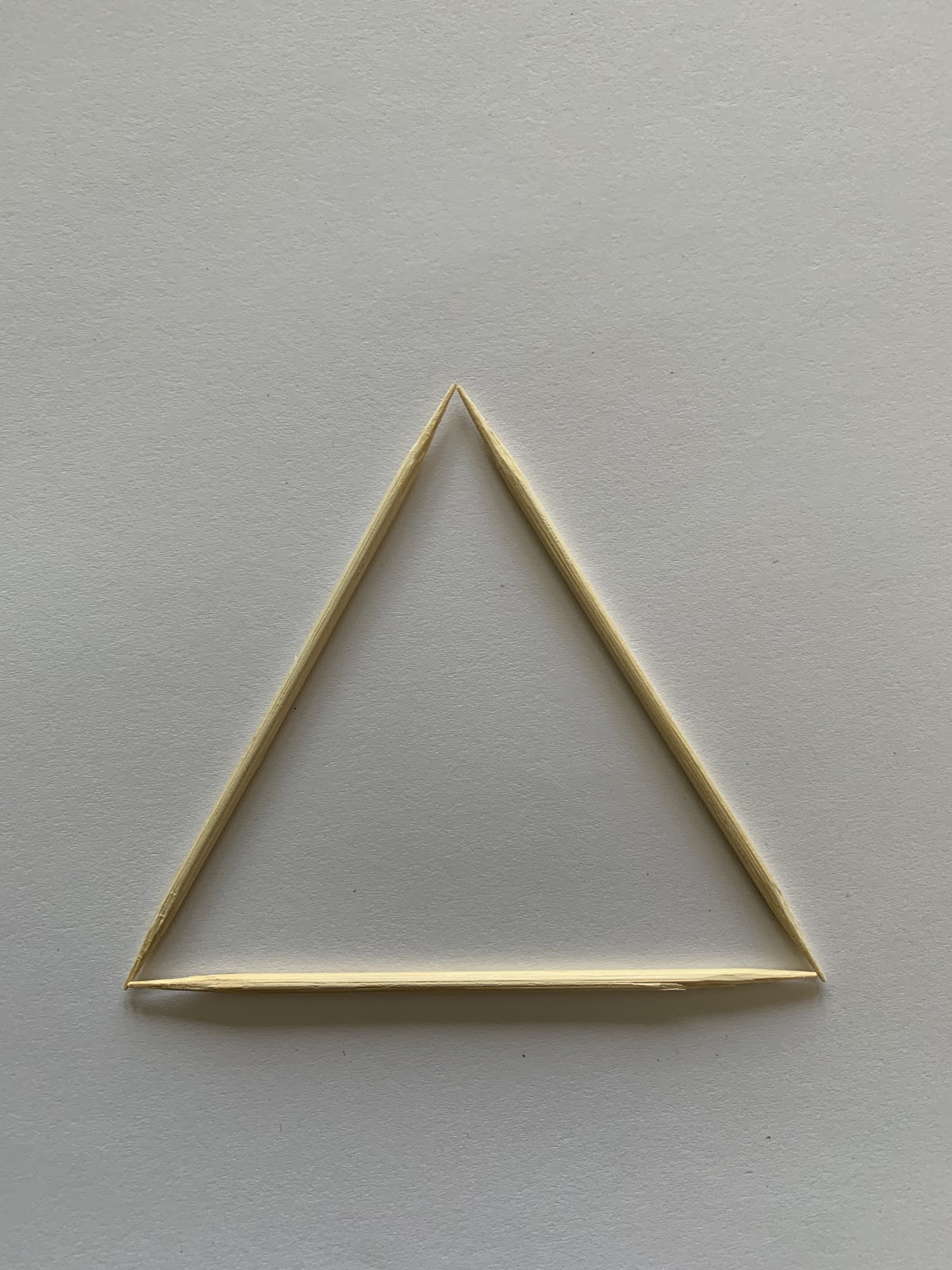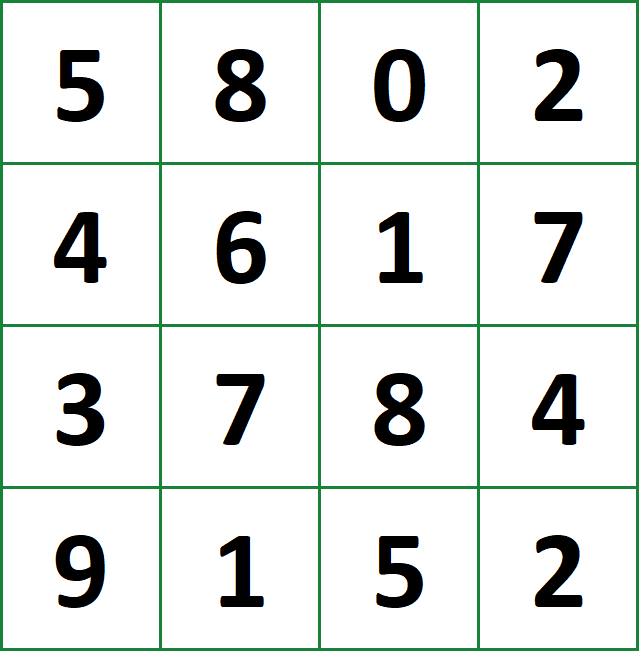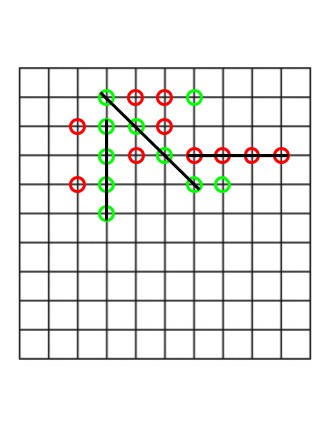Games and Puzzles
Try one or all of these games!
Game 1 – The Toothpick Shapes Game
(adapted from mathies.ca)

Materials:
Die or use virtual dice (make sure you select 1 die).
6 Toothpicks (or twigs or sticks broken into 6 equal lengths)
Rules:
Number of Players: 2 or more
- Players take turns rolling a die
- The number rolled is the number of toothpicks each player takes to make a shape.
- If players use three toothpicks, the shape of the triangle is as shown above.
- The shapes must be closed; no gaps in between toothpicks.
- If the die shows a 1 or 2, the player does not take any toothpicks, and the turn passes to the other player.
- The first player to make all four shapes (triangle-3 toothpicks, quadrilateral-4 toothpicks, pentagon-5 toothpicks, hexagon-6 toothpicks) wins the game.
Game 2 – Pass the “Peas”
(adapted from nrich maths.org)
This is a game for two or more players.
Materials:
- A plastic cup
- 2 small objects (e.g., dried peas, stones, coins, counters, popcorn kernels)
- 2 copies of the game board below (or you can download one here)
- Paper and a pencil each for calculating and recording scores

Instructions:
All players begin by writing 50 on their score sheets.
The first player puts two “peas” (whatever objects you are using) into a plastic cup.
They toss the “peas” onto the game board, and add the two numbers that the “peas” land on.
They then take this sum away from 50 and write down the answer on their score sheet.
The next player takes a turn.
After the first turn, the players start with the new number written on their score sheet and take the sum of the numbers away from that, rather than from 50.
The first player to reach zero wins.
Adaptations:
Change the starting number.
Change it to 3 “peas”.
Game 3 – Line of Four
(adapted from nrich.org)

You will need a sheet of squared paper or ‘grid’ paper. If you don’t have any, just draw some lines down and across some blank paper to form squares. One hundred squares (10 by 10) makes a good size game board, but you can use a smaller or larger grid if you prefer.
Two players, using two different colours, take turns to circle a ‘cross-road’ on the grid.
The aim is to make a line of four, across, down or diagonally.
Each ‘cross-road’ can only be used once.
Try to block the other player’s path.
Each time you make a line-of-four draw a line through it so it can be counted as a point.
When all the ‘cross-roads’ have been used, the player with the most points wins.
In the example above, each player has had 10 turns so far. The green player has already scored 2 points, and the red player has only one point.
Categories: Elementary

